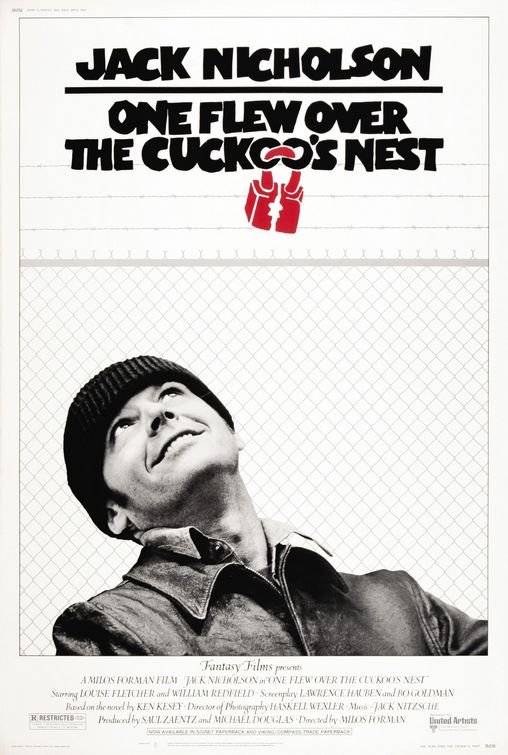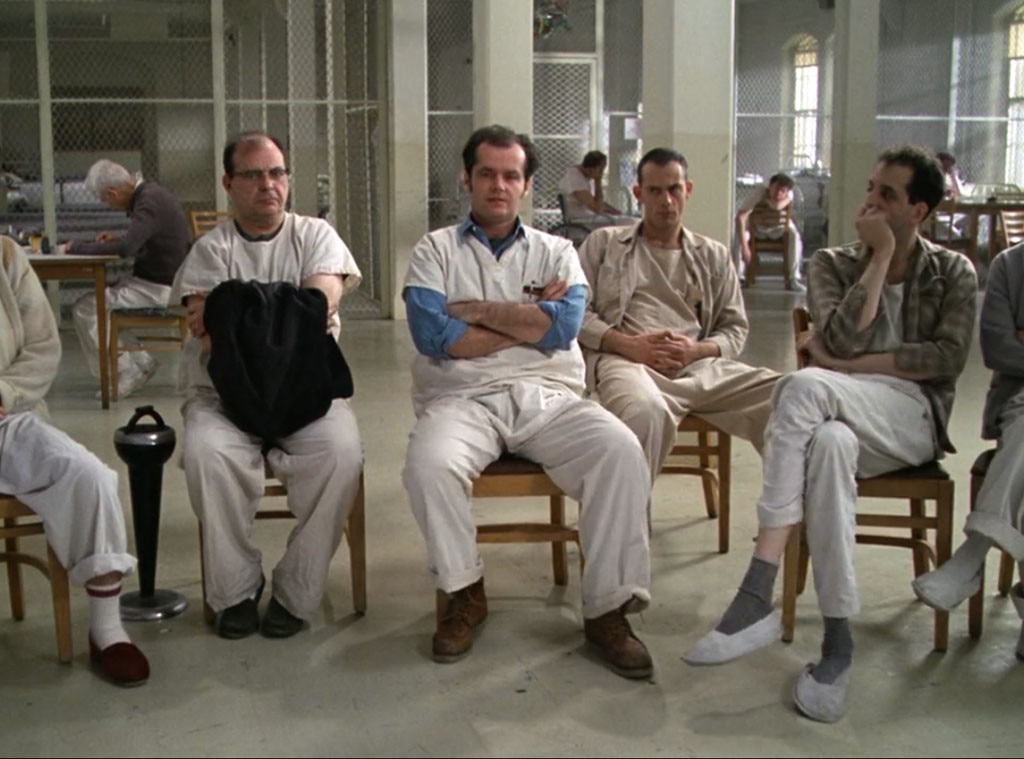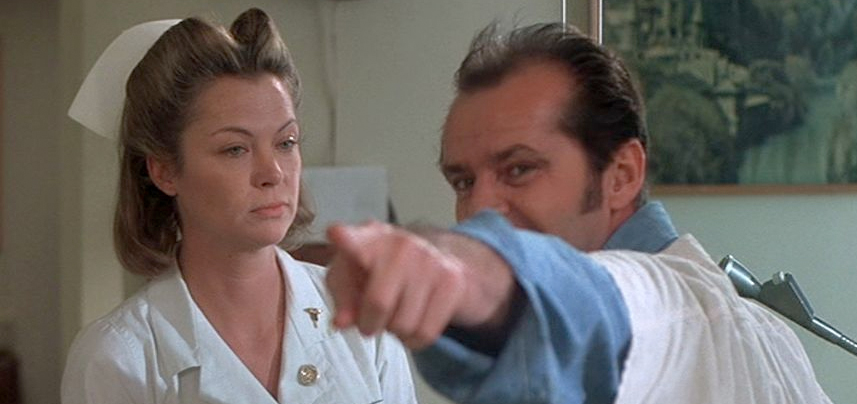
The multicultural ensemble of “One Who Flew Over
the Cuckoo’s Nest” is a microcosm of American
society in the ’60s. Native American Chief Bromden
faces challenges related to his heritage and identity in a culture where white people hold most of the power. Coming from an unknown place, Randle McMurphy has a history of criminal activities.
It is in mental institutions where things get done.
Physically and metaphorically, this setting
encapsulates the characters’ social limitations and
institutionalization. Shackling, dominance, and slavery
are all represented by and felt by the characters in the
mental facility. A chief named Bromden said that the
building represented the tyranny of Native Americans.
Unfortunately, Nurse Ratched represents limiting institutional standards and societal mores, no matter how hard McMurphy tries.


Inmates seldom have any choices due to the mental institution’s emphasis on social conditioning and rehabilitation. You can easily access mental health services such as counseling, support groups, and medication.
Being confined within the institution inhibits their autonomy, rendering them speechless and powerless. The situation is hopeless since Nurse Ratched has instituted such stringent regulations.
Regarding patient care, Nurse Ratched takes a dictatorial stance. She uses illegal means to keep her power and eliminate any resistance. Their battle for supremacy is sparked by McMurphy’s rebellion. Intricate and dynamic relationships between individuals reflect the diverse array of backgrounds and perspectives reflected in the institution. In response to Nurse Ratched’s persecution, the patients band together after McMurphy rebels. Chief Bromden is able to reassert his agency and
regain his identity through his friendship with McMurphy.

Comments
2 responses to “One Who Flew Over the Cuckoo’s Nest (1975)”
This movie is tough to watch. Especially the ending. Watching the healing that takes place with the patients only to see it not supported and destroyed by the staff is so sad. The relationships that they formed with each other in the movie was very touching. It showed the power of relationships and how they can help heal. From a social workers perspective this movie really shows why, when working in institutions, a blanket approach to care is difficult. Personalized care, learning who they are and their cultural background, talking with them to understand the best approach to care.
Hi Vanessa, I thought this was a pretty good movie. It was my first time watching it and rented on Amazon. The movie doesn’t say why McMurphy is in a mental institution, and he doesn’t seem like he needs to be in there. It goes to show how corrupt the system is, we know he has a criminal record, but that’s it. I thought it was pretty funny when the chief spoke for the first time to anybody on the bench, before that he fooled everybody that he couldn’t hear or talk, and it happened to be to McMurphy, and them two became close. The end was pretty heartbreaking with McMurphy ending up in the state of mind that the hospital put him in out of anger, and than his friend ending his life because he couldn’t see him to live the rest of his life like that, a vegetable. And as you said about Nurse Ratchet, she surely was a dictator in this movie. Thanks for the blog.